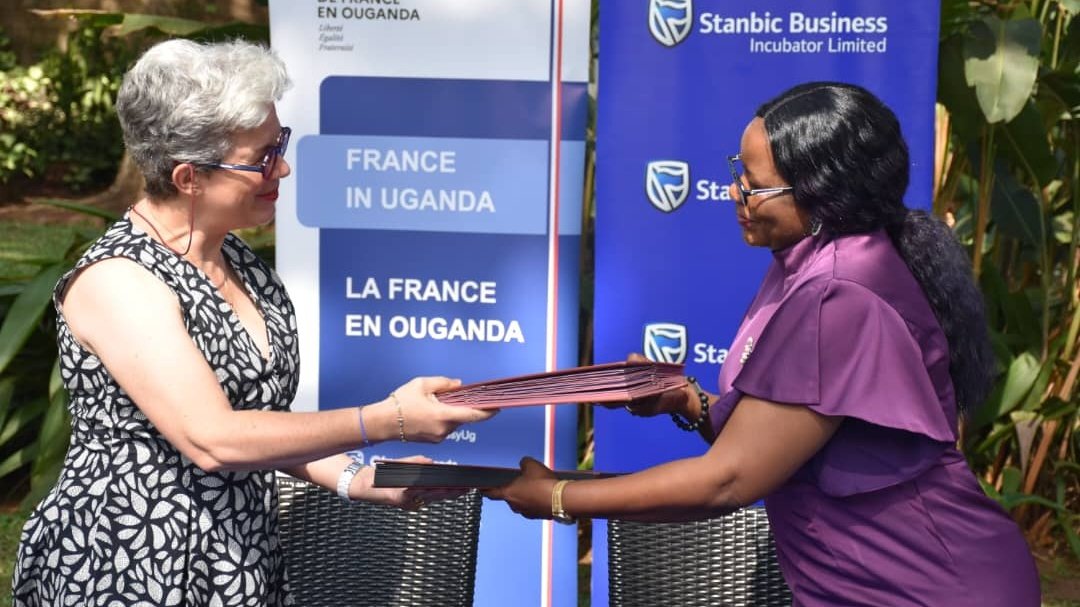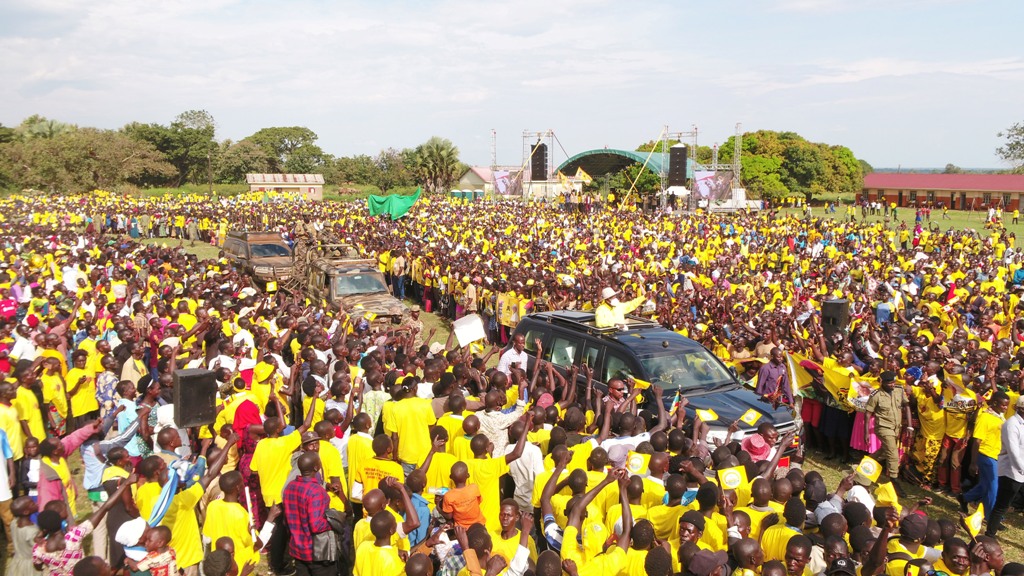The shift in how couples meet from the 1930s to 2024
By the 1950s and into the 1980s, courtship still heavily relied on close-knit communities and social networks. A couple might meet at church, through mutual friends, or while attending the same school. In Kampala, families often lived in tight communities, and neighbors would play a crucial role in recommending matches.

The journey of how couples meet and form romantic relationships has drastically transformed over the decades, reflecting broader social and technological changes.
In the past century, societal norms, technology, and shifting values have played significant roles in altering how people find love. From families introducing partners in the 1930s to the rise of online dating in the 21st century, the landscape of romance is constantly evolving.
During the 1930s, courtship was largely driven by family and societal structures. In Uganda, much like in many parts of the world, arranged marriages were common, with families often introducing potential partners. Social gatherings, church events, and schools also provided opportunities for meeting future spouses, but family approval was paramount.
By the 1950s and into the 1980s, courtship still heavily relied on close-knit communities and social networks. A couple might meet at church, through mutual friends, or while attending the same school. In Kampala, families often lived in tight communities, and neighbors would play a crucial role in recommending matches.
“My parents met at a village church in the late 60s, and it was their families that encouraged them to consider each other,” recounts Josephine Kasaija, a 70-year-old retired teacher from Kampala. “That’s how many of us met back then.”
Churches and schools were pivotal institutions in this era, promoting values of family-oriented relationships. Sociologists argue that this time reflected a more structured and conservative approach to relationships, where societal and religious norms often dictated the process.
The 1990s: The Beginning of Independence and Modernization
The early 1990s marked a noticeable shift. As urbanization grew and modern lifestyles emerged, especially in cities like Kampala, relationships started to form outside traditional frameworks. Although family and community involvement remained influential, more individuals began meeting potential partners in social settings such as restaurants, bars, and clubs. With more people moving to urban areas for work and education, socializing became more independent.
Kampala, as the heart of Uganda, was becoming increasingly cosmopolitan. Restaurants and entertainment spots like Guvnor and Club Obligato became popular meeting places for young adults looking to explore relationships outside their communities. Social functions, such as weddings or concerts, were also venues where people would cross paths.
“I met my husband in 1998 at Café Pap on Kampala Road. It was casual, nothing arranged, and we hit it off from there,” shares Sandra Namayanja, a businesswoman in her 40s.
However, while informal social settings gained traction, traditional avenues like churches and family introductions remained relevant, especially in rural Uganda, where conservative values still dominated.
2000s and Beyond: The Digital Age and Online Dating Revolution
The dawn of the 21st century saw technological advancements that radically transformed how couples meet. By the 2000s, with the advent of mobile phones and the internet, communication became more accessible.
Social media platforms like Facebook, which launched in 2004, revolutionized how people interacted and met. This digital era blurred geographical boundaries, enabling connections with people from different regions and even countries. Apps such as Tinder and OkCupid soon followed, completely reshaping the dating landscape.
In Kampala, the impact of online dating is clear. “I met my partner on Tinder, and at first, I was skeptical. But the convenience of online dating apps gave me access to people I wouldn’t have met in my daily life,” says Joshua Lubwama, a 29-year-old software developer. As more Ugandans embraced smartphones and the internet, the stigma around online dating diminished, particularly among urban youth.
A recent survey by the Pew Research Center suggests that over 30% of adults globally have used a dating app or website, and the numbers are rapidly increasing, particularly in cities. In Uganda, platforms like Tinder, Badoo, and AfroIntroductions have witnessed growing popularity, especially post-2020 due to the COVID-19 pandemic, when physical meet-ups became less common.
Expert Opinion: The Evolution of Modern Romance
Dr. Susan Nanfuka, a sociologist at Makerere University, attributes these changes to several factors, including urbanization, globalization, and technological advancements.
“The digital age has brought about convenience and broadened options. It’s no longer about who is in your community, school, or church. People can connect globally, across cultures, and meet those who share their specific interests,” she explains. “It’s fascinating how much autonomy individuals have now in selecting their partners, compared to earlier decades when families held more influence.”
Dr. Nanfuka further notes that while traditional methods of meeting partners haven’t completely vanished, they are now supplemented by digital platforms, leading to a hybrid approach. “Interestingly, despite online dating’s rise, many people still meet through mutual friends or at events. What’s changed is the range of options available.”
The Modern Couple’s Journey in Kampala
Today, Kampala’s dating scene is a blend of old and new. While bars and restaurants like Sky Lounge and Café Javas remain hotspots for social interactions, digital apps are becoming the go-to for those seeking companionship.
“With my work schedule, it’s hard to go out and meet someone the traditional way. Tinder has been a lifesaver,” says Rachel Musoke, a young marketing executive.
Although online dating is booming, many in Kampala still value personal connections through family or friends. According to sources, about 40% of Kampala’s residents who are dating still rely on traditional networks to meet new people, especially in religious or cultural settings.
From the 1930s to 2024, the ways couples meet have evolved dramatically. The shift from family-arranged introductions to personal agency and technology-driven connections marks a significant change in societal values. What remains consistent, however, is the desire for companionship, love, and connection—regardless of how people meet. In Uganda, as elsewhere in the world, the pursuit of love continues, shaped by the times and the tools available.







